FDA
FDA 21 CFR 1040.10 - Laser Product Performance Standards
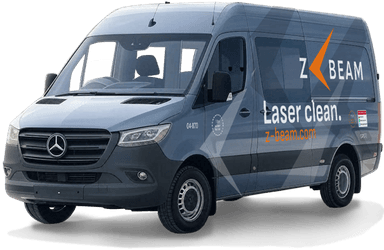
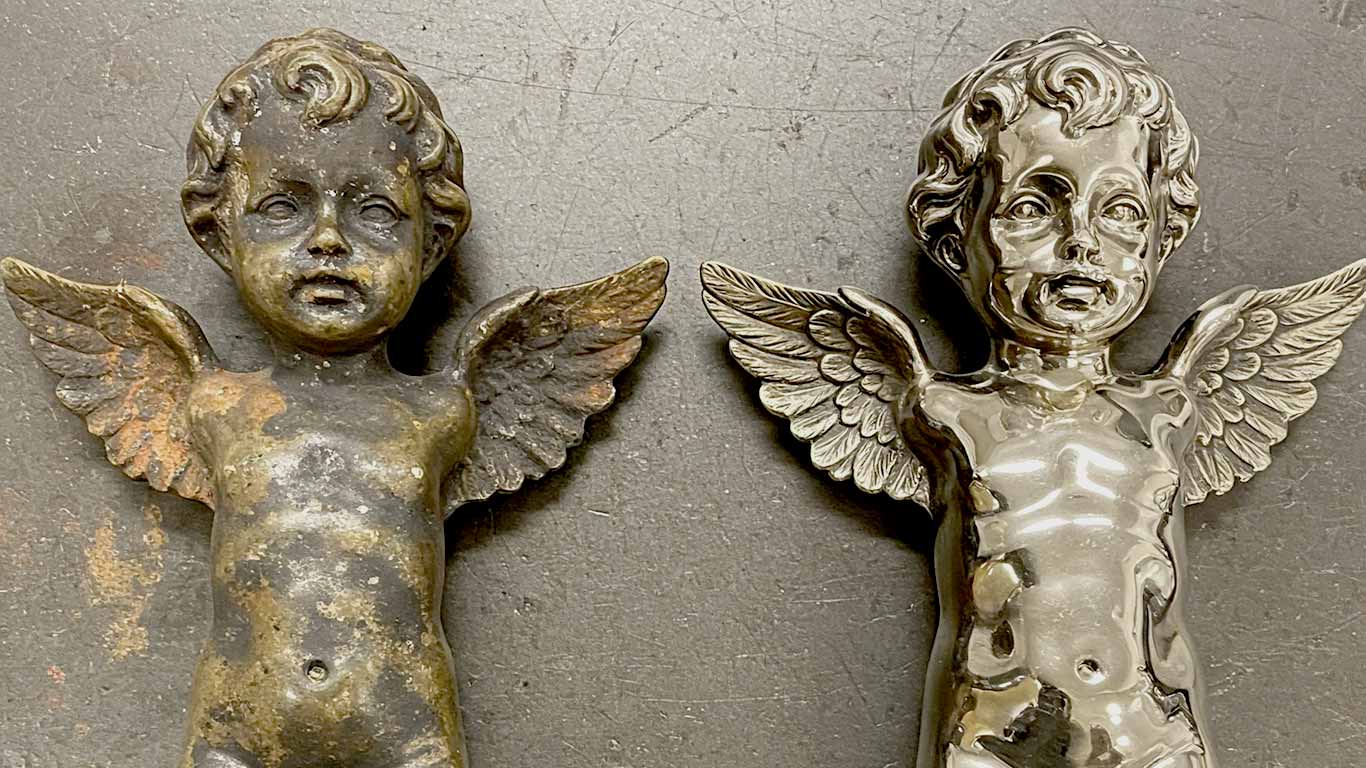

When laser cleaning bronze, make sure you adjust settings carefully because its lower melting point sets it apart from tougher ferrous metals like steel and can lead to surface damage if heat builds up too quickly, so this demands precise control to strip away corrosion or patina effectively while preserving the material's natural durability for applications in architecture and marine use.
Looking closely at the bronze surface before cleaning, I see a layer of dull, patchy grime covering everything. Dark streaks and tiny clumps stick tightly to the metal, making it look uneven and worn. Scratches and small pits scatter across, roughening the whole view.
After the laser treatment, the bronze surface appears smooth and brightly metallic. The grime vanishes completely, revealing a uniform shine without any streaks. Now, the texture looks even and clear, free from those old pits

FDA 21 CFR 1040.10 - Laser Product Performance Standards
ANSI Z136.1 - Safe Use of Lasers
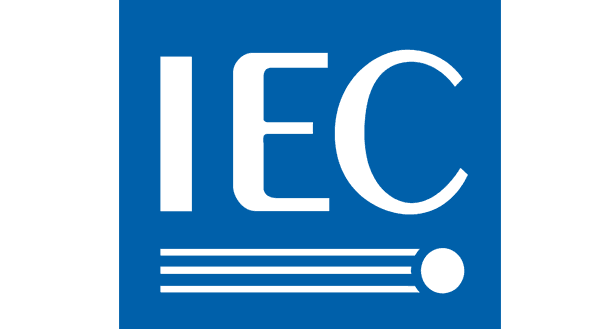
IEC 60825 - Safety of Laser Products

OSHA 29 CFR 1926.95 - Personal Protective Equipment